The PC was conceived not for diversion or email but rather out of a need to illuminate a genuine calculating emergency. By 1880, the U.S. populace had developed so extensive that it took over seven years to organize the U.S. Enumeration comes about. The administration looked for a quicker method to take care of business, offering ascend to punch-card based PCs that took up whole rooms.
Today, we convey more processing power on our cell phones than was accessible in these early models. The accompanying brief history of registering is a course of events of how PCs developed from their modest beginnings to the machines of today that surf the Internet, play amusements and stream mixed media notwithstanding doing the math.
Source
Source
1801:
In France, Joseph Marie Jacquard imagines a linger that utilizations punched wooden cards to consequently weave texture plans. Early PCs would utilize comparative punch cards.1822:
English mathematician Charles Babbage imagines a steam-driven ascertaining machine that would have the capacity to figure tables of numbers. The venture, supported by the English government, is a disappointment. Over a century later, be that as it may, the world's first PC was really constructed.1890:
Herman Hollerith outlines a punch card framework to figure the 1880 enumeration, achieving the errand in only three years and sparing the legislature $5 million. He sets up an organization that would at last move toward becoming IBM.1936:
Alan Turing presents the thought of an all inclusive machine, later called the Turing machine, fit for registering anything that is processable. The focal idea of the cutting edge PC depended on his thoughts.1937:
J.V. Atanasoff, an educator of material science and arithmetic at Iowa State University, endeavors to construct the main PC without gears, cams, belts or shafts.1939:
Hewlett-Packard is established by David Packard and Bill Hewlett in a Palo Alto, California, carport, as indicated by the Computer History Museum.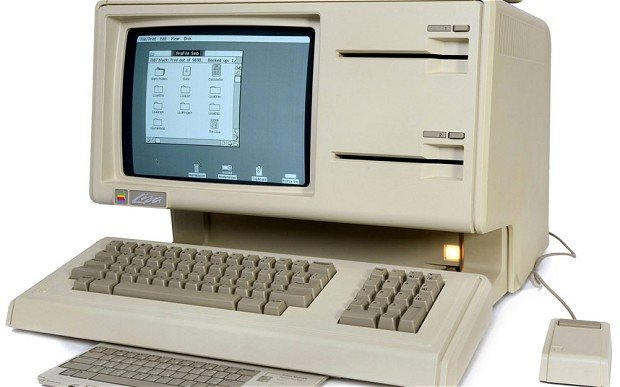
1941:
Atanasoff and his graduate understudy, Clifford Berry, outline a PC that can comprehend 29 conditions all the while. This denotes the first run through a PC can store data on its fundamental memory.1943-1944:
Two University of Pennsylvania teachers, John Mauchly and J. Presper Eckert, manufacture the Electronic Numerical Integrator and Calculator (ENIAC). Thought about the granddad of computerized PCs, it fills a 20-foot by 40-foot room and has 18,000 vacuum tubes.1946:
Mauchly and Presper leave the University of Pennsylvania and get financing from the Census Bureau to fabricate the UNIVAC, the principal business PC for business and government applications.1947:
William Shockley, John Bardeen and Walter Brattain of Bell Laboratories design the transistor. They found how to do an electric switch with strong materials and no requirement for a vacuum.1953:
Grace Hopper builds up the main scripting language, which in the long run ends up known as COBOL. Thomas Johnson Watson Jr., child of IBM CEO Thomas Johnson Watson Sr., considers the IBM 701 EDPM to enable the United Nations to monitor Korea amid the war.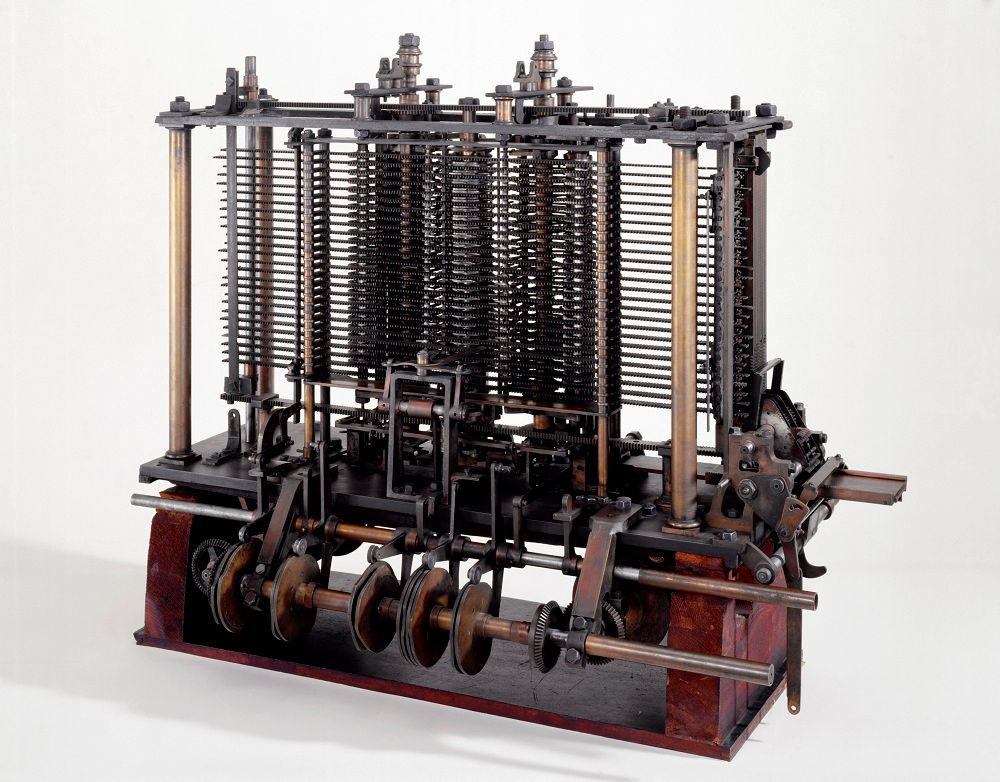
1954:
The FORTRAN programming dialect, an acronym for FORmula TRANslation, is produced by a group of software engineers at IBM drove by John Backus, as indicated by the University of Michigan.1958:
Jack Kilby and Robert Noyce disclose the coordinated circuit, known as the PC chip. Kilby was granted the Nobel Prize in Physics in 2000 for his work.1964:
Douglas Engelbart demonstrates a model of the cutting edge PC, with a mouse and a graphical UI (GUI). This denotes the development of the PC from a specific machine for researchers and mathematicians to innovation that is more open to the overall population.1969:
A gathering of engineers at Bell Labs deliver UNIX, a working framework that tended to similarity issues. Written in the C programming dialect, UNIX was compact over numerous stages and turned into the working arrangement of decision among centralized computers everywhere organizations and government substances. Because of the moderate idea of the framework, it never fully picked up footing among home PC clients.1970:
The recently shaped Intel uncovers the Intel 1103, the principal Dynamic Access Memory (DRAM) chip.1971:
Alan Shugart drives a group of IBM engineers who design the "floppy plate," enabling information to be shared among PCs.1973:
Robert Metcalfe, an individual from the exploration staff for Xerox, creates Ethernet for interfacing numerous PCs and other equipment.1974-1977:
various PCs hit the market, including Scelbi and Mark-8 Altair, IBM 5100, Radio Shack's TRS-80 — lovingly known as the "Junk 80" — and the Commodore PET.1975:
The January issue of Popular Electronics magazine includes the Altair 8080, depicted as the "world's first minicomputer pack to match business models." Two "PC nerds," Paul Allen and Bill Gates, offer to compose programming for the Altair, utilizing the new BASIC dialect. On April 4, after the accomplishment of this first undertaking, the two beloved companions frame their own product organization, Microsoft.1976:
Steve Jobs and Steve Wozniak begin Apple Computers on April Fool's Day and reveal the Apple I, the principal PC with a solitary circuit board, as per Stanford University.1977:
Radio Shack's underlying creation keep running of the TRS-80 was only 3,000. It sold like there's no tomorrow. Out of the blue, non-nerds could compose projects and influence a PC to do what they wished.1977:
Jobs and Wozniak consolidate Apple and demonstrate the Apple II at the primary West Coast Computer Faire. It offers shading illustrations and joins a sound tape drive for capacity.1978:
Accountants cheer at the presentation of VisiCalc, the principal modernized spreadsheet program.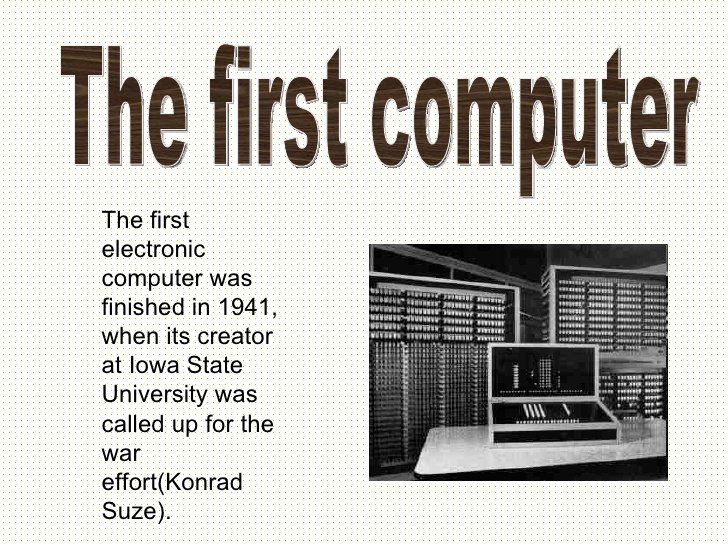
1979:
Word preparing turns into a reality as MicroPro International discharges WordStar. "The characterizing change was to include edges and word wrap," said maker Rob Barnaby in email to Mike Petrie in 2000. "Extra changes included disposing of order mode and including a print work. I was the specialized brains — I made sense of how to do it, and did it, and reported it. "1981:
The main IBM PC, code-named "Oak seed," is presented. It utilizes Microsoft's MS-DOS working framework. It has an Intel chip, two floppy plates and a discretionary shading screen. Singes and Roebuck and Computerland offer the machines, denoting the first run through a PC is accessible through outside merchants. It likewise advances the term PC.1983:
Apple's Lisa is the main PC with a GUI. It additionally includes a drop-down menu and symbols. It slumps however in the long run develops into the Macintosh. The Gavilan SC is the primary compact PC with the natural flip frame factor and the first to be promoted as a "workstation."1985:
Microsoft declares Windows, as per Encyclopedia Britannica. This was the organization's reaction to Apple's GUI. Commodore discloses the Amiga 1000, which highlights propelled sound and video capacities.1985:
The main website space name is enrolled on March 15, years before the World Wide Web would stamp the formal start of Internet history. The Symbolics Computer Company, a little Massachusetts PC producer, registers Symbolics.com. Over two years after the fact, just 100 dab coms had been enlisted.1986:
Compaq puts up the Deskpro 386 for sale to the public. Its 32-bit engineering gives as speed similar to centralized computers.1990:
Tim Berners-Lee, a scientist at CERN, the high-vitality material science research center in Geneva, creates HyperText Markup Language (HTML), offering ascend to the World Wide Web.1993:
The Pentium chip progresses the utilization of designs and music on PCs.1994:
PCs move toward becoming gaming machines as "Order and Conquer," "Alone in the Dark 2," "Amusement Park," "Enchantment Carpet," "Plunge" and "Minimal Big Adventure" are among the recreations to hit the market.1996:
Sergey Brin and Larry Page build up the Google internet searcher at Stanford University.1997:
Microsoft puts $150 million in Apple, which was battling at the time, finishing Apple's court argument against Microsoft in which it claimed that Microsoft duplicated the "look and feel" of its working framework.1999:
The term Wi-Fi turns out to be a piece of the figuring dialect and clients start associating with the Internet without wires.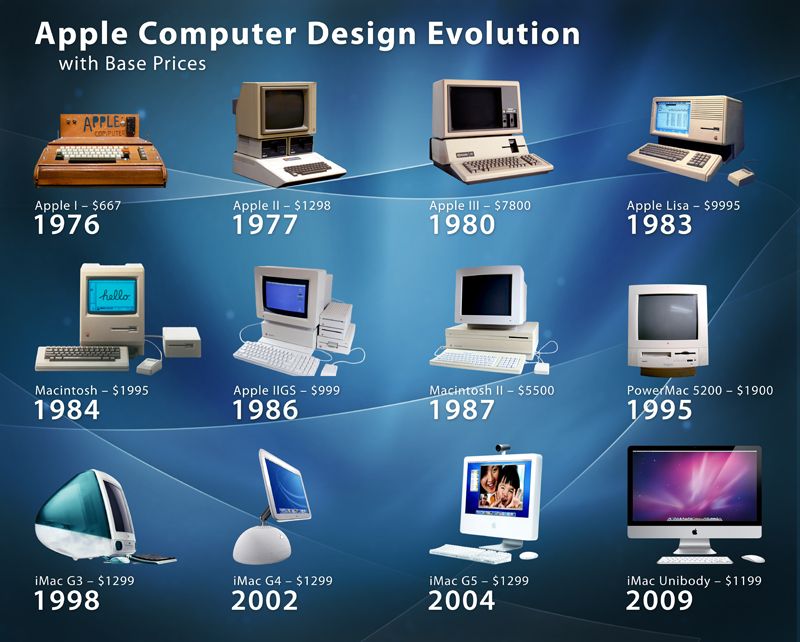
2001:
Apple discloses the Mac OS X working framework, which gives secured memory design and pre-emptive multi-entrusting, among different advantages. Not to be beaten, Microsoft takes off Windows XP, which has an altogether overhauled GUI.2003:
The initial 64-bit processor, AMD's Athlon 64, winds up accessible to the purchaser advertise.2004:
Mozilla's Firefox 1.0 difficulties Microsoft's Internet Explorer, the predominant Web program. Facebook, an informal communication site, dispatches.2005:
YouTube, a video sharing administration, is established. Google secures Android, a Linux-based cell phone working framework.2006:
Apple presents the MacBook Pro, its first Intel-based, double center portable PC, and also an Intel-based iMac. Nintendo's Wii diversion support hits the market.2007:
The iPhone conveys numerous PC capacities to the cell phone.2009:
Microsoft dispatches Windows 7, which offers the capacity to stick applications to the taskbar and advances in touch and penmanship acknowledgment, among different highlights.2010:
Apple reveals the iPad, changing the way buyers see media and kicking off the torpid tablet PC fragment.2011:
Google discharges the Chromebook, a workstation that runs the Google Chrome OS.2012:
Facebook picks up 1 billion clients on October 4.2015:
Apple discharges the Apple Watch. Microsoft discharges Windows 10.2016:
The main reprogrammable quantum PC was made. "As of recently, there hasn't been any quantum-figuring stage that had the ability to program new calculations into their framework. They're generally each custom fitted to assault a specific calculation," said think about lead creator Shantanu Debnath, a quantum physicist and optical architect at the University of Maryland, College Park.2017:
The Defense Advanced Research Projects Agency (DARPA) is building up another "Sub-atomic Informatics" program that utilizations particles as PCs. "Science offers a rich arrangement of properties that we might have the capacity to bridle for quick, adaptable data stockpiling and handling," Anne Fischer, program supervisor in DARPA's Defense Sciences Office, said in an announcement. "A great many particles exist, and every particle has an extraordinary three-dimensional nuclear structure and in addition factors, for example, shape, estimate, or even shading. This extravagance gives a huge plan space to investigating novel and multi-esteem approaches to encode and process information past the 1s of current rationale based, computerized designs."Thanks For Reading This Article.

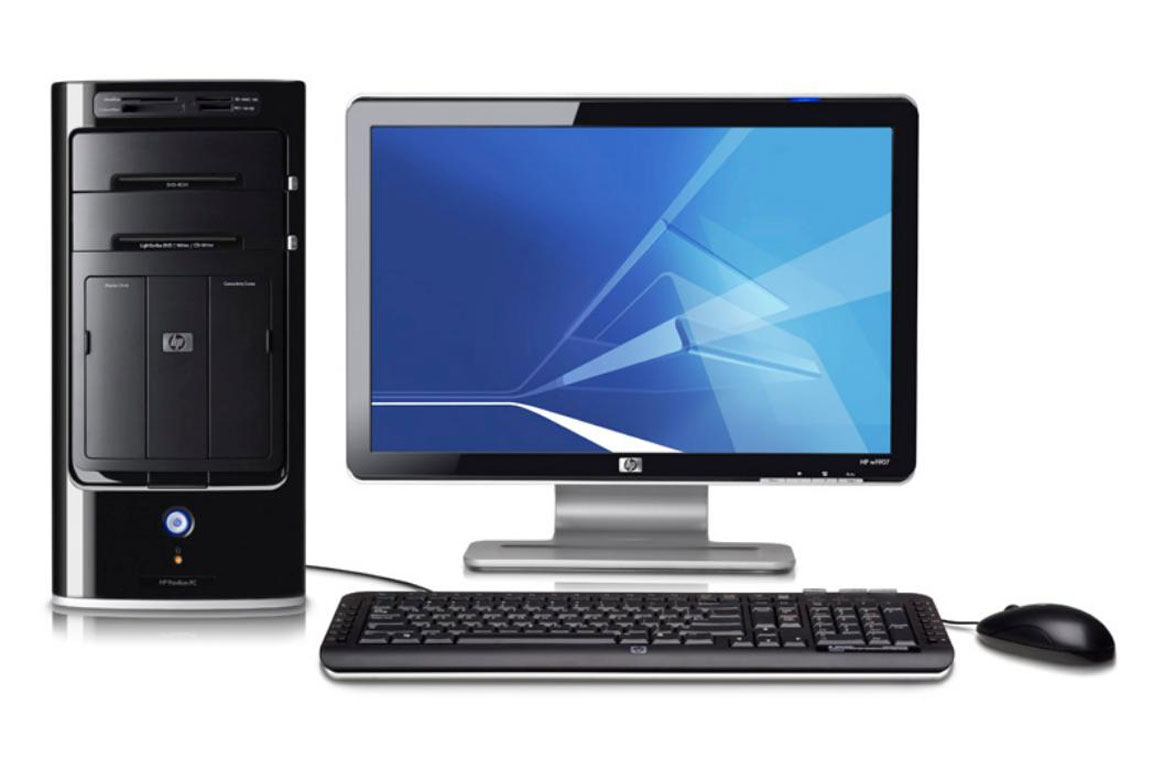



Post a Comment